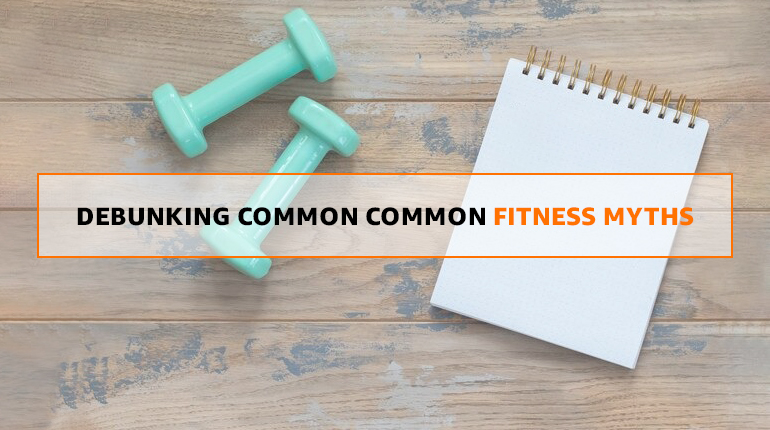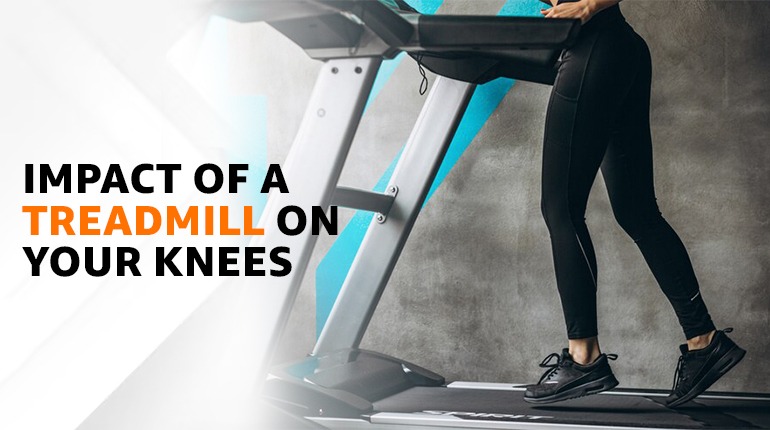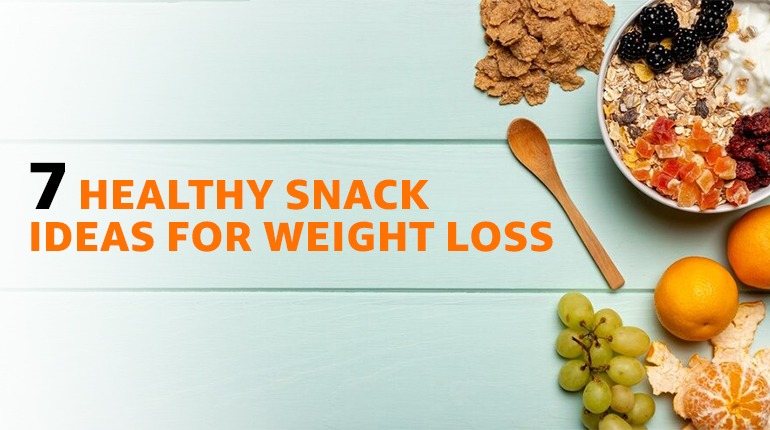Fitness Myth Vs Reality: Smashing Common Myths for Real Results

In today’s information age, navigating the world of fitness can be overwhelming. With countless articles, social media posts, and even conflicting advice from friends, it’s easy to fall victim to fitness myths. These misconceptions can hinder your progress, demotivate you, and prevent you from achieving your health and wellness goals.
This blog serves as your guide to debunking some of the most common fitness myths. We’ll separate fact from fiction, empowering you to make informed decisions for your fitness journey.
Myth #1: No Pain, No Gain
This popular popular fitness myth implies that experiencing significant pain during exercise is necessary for muscle growth. While challenging yourself is essential for improvement, pushing yourself to the point of pain can lead to injury and hinder progress.
Fact
Focus on proper form and listen to your body. A slight discomfort during exercise is normal, but sharp or persistent pain signifies the need to slow down or modify your workout.
Myth #2: Spot Training Can Target Specific Areas
Many believe isolated exercises can sculpt specific areas like spot-reducing belly fat with crunches. Unfortunately, spot training isn’t as effective as you might think.
Fact
Fat loss happens holistically. While targeted exercises can strengthen specific muscle groups, overall calorie expenditure through a combination of cardio and strength training is key for burning fat and achieving a toned physique.
Myth #3: Lifting Weights Makes Women Bulky
This is another common fitness myth. Lifting weights is often seen as a “manly” activity, leading some women to believe it will make them bulky. This fear prevents them from reaping the many benefits of strength training.

Fact
Women naturally have lower levels of testosterone compared to men, making it extremely difficult to build bulky muscle mass. Instead, strength training builds lean muscle, which boosts metabolism, improves bone density, and creates a more toned and sculpted appearance.
Myth #4: Stretching Before Exercise Prevents Injuries
While stretching is crucial for overall flexibility and recovery, static stretching (holding a stretch for a prolonged period) before exercise may not be the best way to prevent injuries.
Fact
Dynamic stretches that mimic the movements of your intended activity are more beneficial for warming up and preparing your muscles for exercise. Save the static stretches for after your workout to improve flexibility and reduce post-workout soreness.
Myth #5: Cardio is the Only Way to Burn Calories
Many focus solely on cardio for weight loss, neglecting the importance of strength training.
Fact
Strength training builds muscle, which burns more calories at rest, even during everyday activities. This “afterburn effect” contributes to an overall increase in calorie expenditure. Combining cardio and strength training creates a well-rounded fitness routine for optimal weight loss and body composition.
Also Read: Boost Health with Daily Walking Exercise This World Health Day
Myth #6: Sweating More Means You’re Burning More Calories
While sweating is a natural response to exercise, it’s not necessarily an accurate indicator of calorie burn. Some people sweat more than others due to genetics and acclimatization.
Fact
Focus on workout intensity and duration for a more reliable measure of calorie expenditure. Heart rate monitors can also be a helpful tool to track your effort during exercise.
Myth #7: Carbs Make You Fat

Carbs have been demonized by some fad diets, leading people to believe they should be avoided altogether. However, carbs are an essential source of energy for your body.
Fact
Choose complex carbs like whole grains, fruits, and vegetables over refined carbs like white bread and sugary drinks. Complex carbs provide sustained energy for your workouts and overall daily activities.
Myth #8: Detox Diets Can Cleanse Your Body of Toxins
Detox diets promise quick weight loss by eliminating toxins from your body. Unfortunately, your body has its own natural detoxification system, including your liver and kidneys.
Fact
Following a balanced diet rich in fruits, vegetables, and whole grains is a more sustainable approach to supporting your body’s natural detoxification process.
Myth #9: You Need to Exercise Every Day to See Results
While consistency is essential, daily workouts aren’t necessary for everyone. Rest and recovery are crucial for muscle repair and optimal performance.
Fact
Aim for at least 3-4 days of structured exercise per week, incorporating a mix of cardio and strength training. Rest days allow your body to recover and rebuild, leading to improved fitness and performance.
Myth #10: There’s a Magic Bullet for Weight Loss
There’s no one-size-fits-all solution for weight loss. Fad diets and quick fixes often fail to produce sustainable results.
Fact
The key to successful weight loss is a combination of a healthy diet, regular exercise, and adequate sleep. Finding a sustainable lifestyle change that you can maintain long-term is essential for reaching and maintaining.
Also Read: Cardio vs Strength Training: What is Better for a Healthy Heart

Conclusion: Fitness Myth Debunked
Empowered with this knowledge, you can ditch the myths and design a safe and effective fitness plan that aligns with your goals. Remember, consistency and a holistic approach are key to achieving lasting results. So, get out there, sweat smart, and enjoy the journey to a healthier, fitter you!

